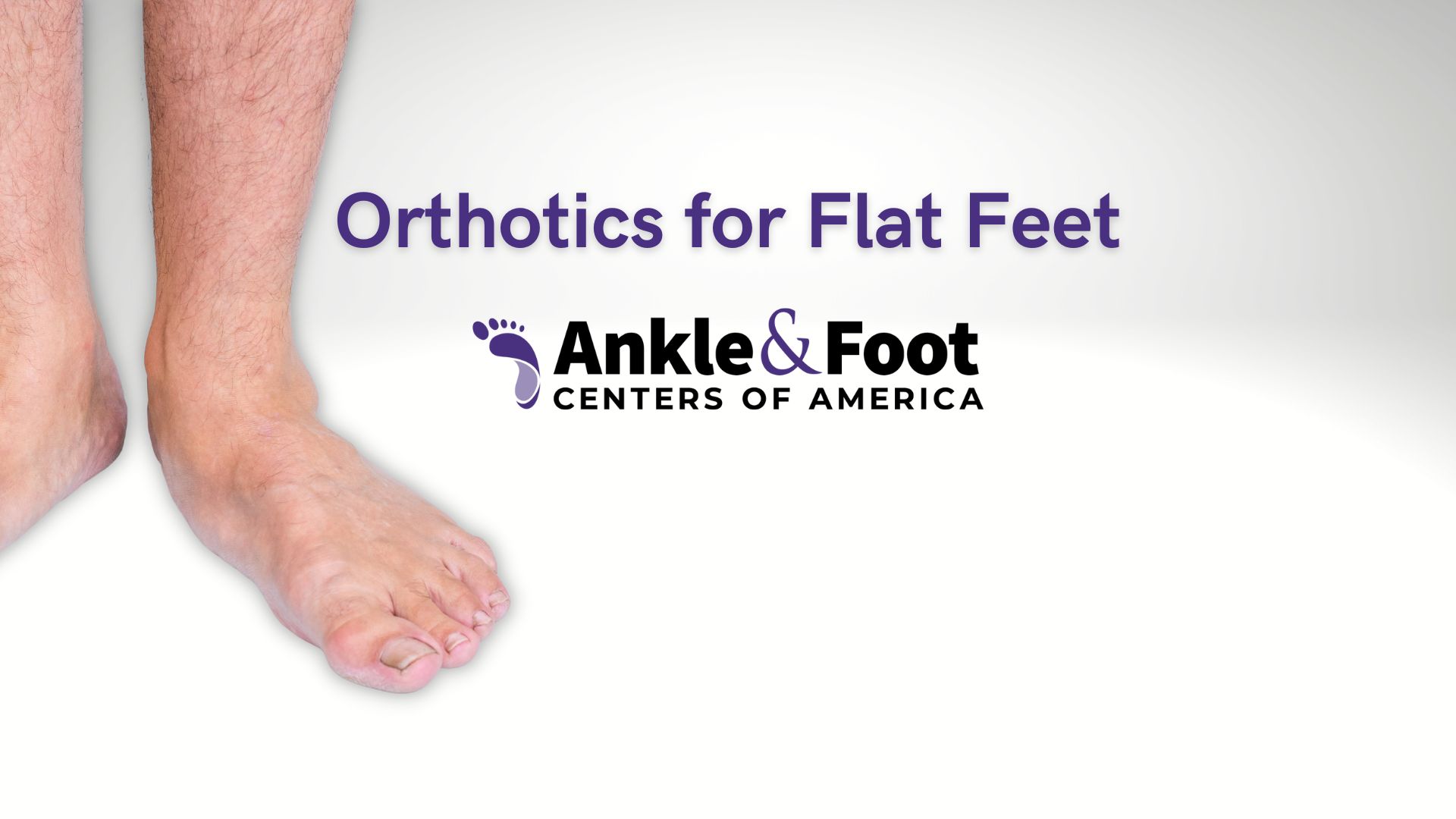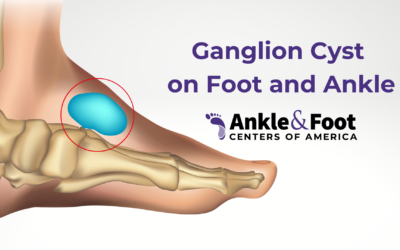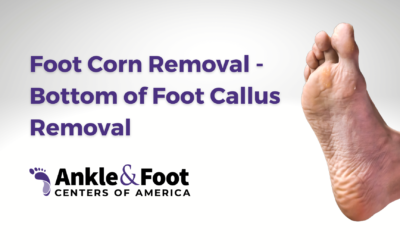Introduction
Flat feet, a condition that affects both children and adults, can make daily tasks and physical activities challenging. If you or someone you know has been grappling with this condition, you might have heard of orthotics as a possible solution. But what exactly are orthotics, and how can they aid those with flat feet?
In this comprehensive guide, we delve into the world of orthotics designed for flat feet. From understanding the nuances of flat feet and the functionality of orthotics, to choosing the right type for you, we’ll explore all aspects. As comfort and long-term health effects can significantly depend on the correct orthotic choice, we can’t overemphasize the importance of making an informed decision.
Understanding Flat Feet
Before we delve into the details of orthotics, it’s crucial to understand the condition they are designed to alleviate. So, what exactly are flat feet?
What are flat feet?
Flat feet, medically known as pes planus, is a condition characterized by the absence or underdevelopment of the foot arch, resulting in the foot’s entire sole coming into close contact with the ground. While it’s common in infants and toddlers, the arch usually develops as they grow. In some cases, this arch never forms, or it could diminish due to various factors, leading to flat feet in adults.
Causes of flat feet
Several factors can lead to flat feet. Genetics plays a significant role, meaning if your parents have flat feet, you’re more likely to have them. Other factors include aging, injuries, rheumatoid arthritis, or conditions like cerebral palsy or muscular dystrophy. Prolonged stress on the foot due to obesity or pregnancy can also cause flat feet.
Symptoms and complications of flat feet
In many cases, flat feet don’t cause any discomfort or problems. However, some people may experience foot pain, particularly in the heel or arch area. This discomfort might increase with activity. Additionally, flat feet can lead to issues in your ankles and knees as it can alter the alignment of your legs.
With a firm understanding of flat feet in place, let’s turn our focus to orthotics, a solution that can bring relief to many struggling with this condition.
What are Orthotics?
Orthotics are custom foot supports designed to fit inside a shoe, helping to correct biomechanical foot issues. But how can they bring relief to those with flat feet?
Definition of Orthotics
 Orthotics, also known as orthoses, are devices that are placed inside shoes to correct foot posture and irregular walking patterns. They work by realigning the foot and ankle bones to their neutral position, thereby correcting foot posture. Orthotics can be ‘off-the-shelf’ or custom-made based on individual needs.
Orthotics, also known as orthoses, are devices that are placed inside shoes to correct foot posture and irregular walking patterns. They work by realigning the foot and ankle bones to their neutral position, thereby correcting foot posture. Orthotics can be ‘off-the-shelf’ or custom-made based on individual needs.
How Orthotics Work for Flat Feet
Orthotics for flat feet are designed to support the foot’s arch, thereby reducing pain and discomfort. They distribute pressure across your feet more evenly when you move, taking stress off the arch. Additionally, orthotics can help improve foot function during daily activities and sports, increasing stability and preventing injuries.
Types of Orthotics for Flat Feet
When it comes to orthotics, one size definitely doesn’t fit all. There are various types of orthotics available, each designed with specific features to cater to different needs. Let’s explore the common types used for flat feet.
Over-the-counter Orthotics
Over-the-counter orthotics, often referred to as ‘off-the-shelf’ orthotics, are ready-made devices that can be bought in pharmacies, sports stores, or online. They come in various sizes and are designed to fit most shoe sizes.
While they may not perfectly match the contours of your foot, they can still provide relief from minor discomfort related to flat feet. These orthotics are generally less expensive than their custom counterparts and could be a good starting point if you’re exploring the use of orthotics for plantar fasciitis.
Custom Orthotics
As the name suggests, custom orthotics are bespoke devices created specifically for your feet. They’re designed using a plaster cast or digital foot scan to capture the precise contours of your feet. This process ensures that the orthotics fit you perfectly and address your specific needs.
Custom orthotics are typically more expensive than over-the-counter options, but they tend to be more effective, especially for those with severe flat feet or those who haven’t found relief with over-the-counter options.
Process of Getting Custom Orthotics
To get custom orthotics, you’ll first need to see a podiatrist or orthotist. They’ll assess your feet, your walk, and your footwear. Then, they’ll take a cast or digital image of each foot. The orthotics will be created based on these images, resulting in a device that matches your foot shape and caters to your specific needs.
Advantages and Disadvantages of Custom Orthotics
Custom orthotics offer a tailored fit, which provides better support and is more effective in alleviating discomfort. However, they are more expensive and take longer to produce due to the customization process.
Specialized Orthotics (running, plantar fasciitis, etc.)
Specialized orthotics are designed to cater to specific needs. For instance, orthotics for runners with flat feet offer features that provide extra cushioning and support to withstand the high-impact nature of running. Similarly, orthotics designed for people with plantar fasciitis – a condition common among those with flat feet – have features that alleviate heel pain, a characteristic symptom of this condition.
Choosing the Right Orthotics for Flat Feet
When it comes to orthotics, it’s essential to choose the right pair that fits your needs. Picking the correct device can ensure optimal comfort, functionality, and aid in the management of flat feet.
Factors to Consider When Choosing Orthotics
 Foot structure: Examine your feet or have a professional evaluate the structure and condition of your feet. Are your flat feet mild or severe? Are there any specific pain points? This information can help guide your decision.
Foot structure: Examine your feet or have a professional evaluate the structure and condition of your feet. Are your flat feet mild or severe? Are there any specific pain points? This information can help guide your decision.- Activity level: If you lead an active lifestyle or participate in high-impact activities like running or jumping, you may need orthotics that provide extra cushioning and shock absorption.
- Footwear: Ensure the orthotics you choose fit comfortably within your most frequently worn shoes. Some orthotics may not be suitable for narrow or tight-fitting shoes.
- Comfort: Above all, the orthotics should feel comfortable. Any initial discomfort may signal that the orthotics are not the right fit or require a break-in period.
The Role of Health Professionals in Choosing Orthotics
While it can be tempting to self-diagnose and treat foot problems, consulting a professional is crucial when choosing orthotics. Podiatrists and orthotists are specially trained to assess your condition, prescribe suitable orthotics, and monitor your progress.
Now that we’ve covered how to select the right orthotics, let’s move on to using and caring for your orthotics. Good maintenance can extend their lifespan and ensure they function optimally.
How to Use and Care for Your Orthotics
Orthotics are a significant investment in your health and wellbeing, so it’s essential to take proper care of them to ensure their longevity and functionality. Here’s how you can do just that.
Breaking in Your Orthotics
Like a new pair of shoes, orthotics often require a break-in period. Start by wearing them for a couple of hours each day, then gradually increase the wear time over a week or two. Listen to your body and don’t rush this process. Any discomfort should ease with time. However, persistent pain should be addressed with your healthcare provider.
Cleaning and Maintenance of Orthotics
Regular cleaning is crucial in maintaining the hygiene and durability of your orthotics. Here are some general care tips:
- Cleaning: Wipe your orthotics with a damp cloth and mild soap. Avoid submerging them in water.
- Drying: Allow your orthotics to air dry. Do not expose them to direct heat, as it could warp them.
- Inspect regularly: Check your orthotics for signs of wear and tear. Depending on usage, you may need to replace them every few years. Your healthcare provider can provide more personalized advice on this.
Remember, while orthotics are an excellent tool in managing flat feet, they aren’t the only solution. There are several alternative treatments for flat feet that can be used in conjunction with orthotics, or in cases where orthotics aren’t suitable.
Alternatives and Preventive Measures for Managing Flat Feet
Orthotics, while highly effective, are not the only solution for managing flat feet. Let’s delve into some alternative treatments and preventive measures.
Alternative Treatments for Flat Feet
- Physical Therapy: Specific exercises can strengthen the muscles in the foot, helping to form or maintain an arch. A trained physical therapist can guide you through these exercises.
- Weight management: Maintaining a healthy weight can help alleviate the pressure on your feet, reducing pain and discomfort associated with flat feet.
- Proper footwear: Wearing shoes that provide good arch support and are designed for your foot type can help manage symptoms.
- Surgery: In severe cases where non-invasive treatments are not effective, surgery may be recommended. This is typically considered as a last resort.
Preventive Measures
While you can’t prevent inherited flat feet, you can take steps to prevent acquired flat feet:
- Avoid excessive standing or walking: Prolonged strain on your feet can cause your arches to collapse over time.
- Wear supportive shoes: This can help maintain your foot structure.
- Maintain a healthy weight: Excess weight can put additional strain on your feet.
- Regularly stretch and strengthen your feet: This can help maintain your foot health.
Managing flat feet effectively requires understanding the condition and knowing the available treatment options. As we’ve discussed in this guide, orthotics can play a significant role in alleviating the discomfort associated with flat feet. However, the key to success lies in choosing the right type of orthotics, using them correctly, and combining them with other treatments and preventive measures for a comprehensive approach to foot health.
Frequently Asked Questions About Orthotics for Flat Feet
 Having addressed the specifics of flat feet and the role of orthotics, we now turn to some of the most frequently asked questions surrounding this topic. This section aims to provide clear answers and dispel common misconceptions.
Having addressed the specifics of flat feet and the role of orthotics, we now turn to some of the most frequently asked questions surrounding this topic. This section aims to provide clear answers and dispel common misconceptions.
Can I wear orthotics all day?
Yes, but it’s recommended to gradually increase your wear time over a few weeks to allow your body to adjust.
How long does it take to get used to orthotics?
Typically, it takes about two weeks to get used to wearing orthotics. However, this period may vary depending on individual differences.
Do orthotics for flat feet work immediately?
Orthotics provide support that can offer immediate relief for some users. However, long-term benefits such as improved foot alignment and reduced pain may take a few weeks to notice.
Can orthotics cure flat feet?
While orthotics can help manage the symptoms of flat feet, they can’t cure the condition. However, in children and adolescents, orthotics can sometimes help improve the foot arch.
Can you wear orthotics in any shoe?
Orthotics can be worn in most types of footwear that have removable insoles. However, they may not fit or work effectively in shoes that are too tight or don’t offer adequate support.
While we’ve tried to cover the most commonly asked questions, always consult your healthcare provider or a foot care specialist for advice tailored to your specific situation. Remember, managing flat feet successfully often involves a combination of strategies, with orthotics playing a vital role in many cases.
Conclusion: Key Takeaways
Flat feet, while common, can lead to discomfort and foot complications if left unmanaged. Luckily, orthotics for flat feet are a widely available solution that can significantly improve comfort and foot function. Here are the key points we’ve covered in this comprehensive guide:
- Understanding Flat Feet: Flat feet is a condition where the foot’s arch collapses, causing the entire sole to make contact with the ground. It can be genetic or acquired, and can lead to various symptoms like foot pain, shin splints, and bunions.
- The Role of Orthotics: Orthotics can alleviate the symptoms of flat feet by providing the necessary arch support, thereby redistributing pressure across your feet more evenly.
- Types of Orthotics: There are over-the-counter orthotics, custom orthotics, and specialized orthotics designed to cater to specific needs such as running or plantar fasciitis.
- Choosing the Right Orthotics: Consider factors such as foot structure, activity level, footwear, and comfort when choosing orthotics. Consultation with a health professional is crucial in making an informed decision.
- Orthotics Care: Proper break-in, cleaning, and maintenance of orthotics can ensure their longevity and functionality.
- Alternative Treatments and Preventive Measures: Apart from orthotics, treatments like physical therapy, weight management, proper footwear, and surgery can help manage flat feet. Preventive measures include avoiding excessive standing, wearing supportive shoes, maintaining a healthy weight, and regular foot exercises.
In summary, while flat feet can be a source of discomfort or pain, a variety of treatment options including orthotics can help manage the condition effectively. As always, consult with a healthcare provider for personalized advice on managing flat feet.
Thank you for following along this comprehensive guide. We hope it provided valuable insights into understanding flat feet and the role of orthotics in managing the condition.




